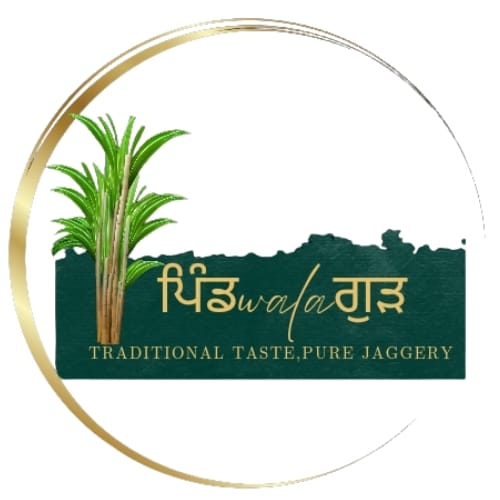Best Quality Products
Join The Movement for a Natural Future !
Step into a world where purity, sustainability, and wellness come together. The Natural Movement is about choosing products and lifestyles that are free from harmful chemicals and closer to nature’s essence. By joining us, you support ethical farming, eco-friendly living, and a healthier planet for future generations.
Let’s grow together — naturally.









